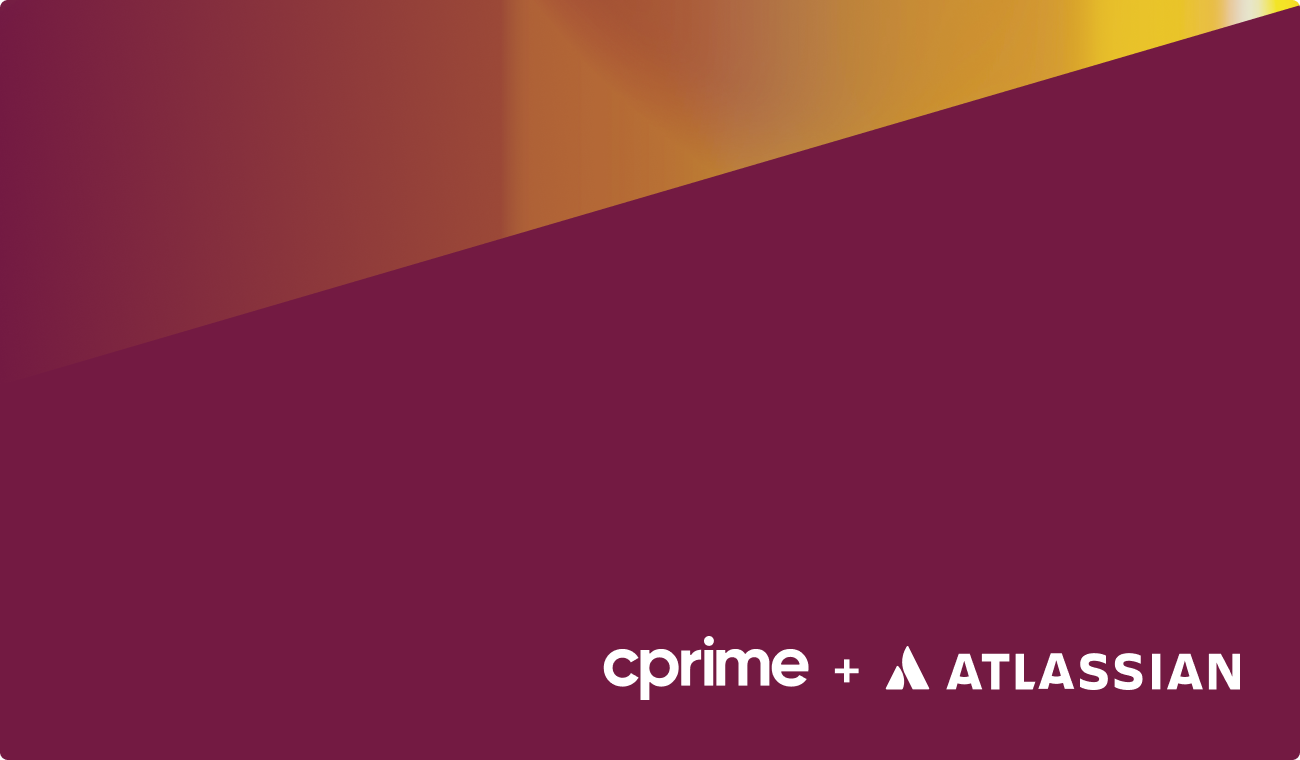Posted on April 23, 2025 by cprime-admin -
Part 1 – Lean, Agile, and Scrum
- Show how Scrum is aligned with the Agile Manifesto
- Know the history of Scrum and Agile
- Understand the value of other agile approaches
- Analyze the personality traits of a ScrumMaster
- Know when transparency inspection and adaptation are not working
Part 2 – Facilitation
- Know how to recognize divergent and convergent thinking
- Understand the challenges of integrating multiple perspectives
- Use facilitative listening
- Use alternatives to open discussion
- Know when not to be a facilitator
- Design a facilitated event
- Create a working agreement
Part 3 – Coaching and Training
- Understand the elements of a coaching stance
- Use coaching techniques
- Identify improvements to coaching interventions
- Be able to explain Scrum and its benefits to a stakeholder
Part 4 – Service to the Scrum Team
- Describe the qualities of a self-managing team
- Use techniques to enable a team to improve its own effectiveness
- Know different models for group development
- Facilitate the creation of a Definition of Done
- Explain development practices and how they are beneficial
Part 5 – Service to the Product Owner
- Describe Product vision and Product Goals.
- Know how to create a Product Goal with the Scrum Team and stakeholders.
- Create and refine a Product Backlog that supports achieving a Product Goal.
Part 6 – Service to the Organization
- Understand the organizational impediments that can affect your Scrum team
- Practice how to resolve organizational impediments
Part 7 – Scaling Scrum
- Recognize at least two approaches to scaling Scrum.
- Techniques for visualizing, and reducing dependencies.
- Benefits of feature teams versus component teams.
Part 8 – Organizational Change
- Understanding complex systems.
- Initiating organizational change.
Part 9 – Scrum Mastery
- How you as a ScrumMaster fulfill the Scrum values
- Recognize types of conflict
- Patterns for responding to conflict
- Effective leadership
Posted on October 17, 2020 by Joseph -
Part 1: Scrum Theory
- Empiricism and the three empirical pillars
- Benefits of an Iterative and Incremental approach
- The Scrum Framework
- Scrum Values
- Scrum alignment to the Agile Manifesto
Part 2: The Scrum Team
- The responsibilities of the Scrum Team
- The responsibilities of the Product Owner, Developers, and Scrum Master
- Single Product Owners
- Product Owners own the Product Backlog
- Delivering an Increment
- Benefits of a cross-functional and self-managing Scrum Team
Part 3: Scrum Events and Activities
- Benefits of Timeboxing
- Purpose of a Sprint
- Define and perform Sprint Planning, Daily Scrum, Sprint Review, Sprint Retrospective
- Product Backlog Refinement
- Inspecting and Adapting events
- When to cancel a sprint
- Daily Scrum is not a status meeting
Part 4: Scrum Artifacts and Commitments
- Purpose of the Product Backlog, Sprint Backlog, Increment
- The commitments of Product Goals,Sprint Goals, Definition of Done
- Product Backlog emergence
- Attributes of a Product Backlog
- Sprint and Increment relationship
- Evolution of a Definition of Done
- Multiple Teams working on one Product Backlog
Part 5: Scrum Master Core Competencies
- Facilitation
- Facilitating decision making
- Teaching
- Coaching
- Mentoring
Part 6: Service to Scrum Team, Product Owner and Organization
- How does a Scrum Master serve the Scrum Team
- Explaining Technical Debt
- Understanding development practices to improve quality and reduce technical debt
- Supporting the Product Owner
- Organizational impediments that affect Scrum Teams
- Techniques for resolving impediments
- Why are there no Project managers in Scrum?
Posted on October 17, 2020 by cprime-admin -
Part 1: Product Owner Core Competencies
- Product Owner in different organizations
- Demonstrate progress on goals to Stakeholders
- Gathering insights
- Product Owner Interaction with Scrum teams
- Product Ownership of multiple teams
- Owning the Product backlog
- Collaborating with the Scrum team
Part 2: Goal Setting and Planning
- Defining Value
- Product Visions and Product Goals
- Creating a Sprint Goal
- Product Planning and Release Planning
- Identifying small valuable increments
Part 3: Understanding Customers and Users
- Product Discovery
- Segmenting customers and users
- Conflicting customer needs
- Defining Product Outcomes
- Connecting developers to users
Part 4: Validating Product Assumptions
- Validating Product assumptions in Scrum
- Approaches to validate assumptions
Part 5: Working the Product Backlog
- Outcome vs Output
- Maximizing outcomes
- Product economics
- Describing and measuring value
- Creating Product Backlogs, Product Goals, and Product Backlog Items
- Refining a Product Backlog
Part 6: Scrum Theory
- Empiricism and the three empirical pillars
- Benefits of an iterative and incremental approach
- The Scrum Framework
- Scrum Values
- Scrum alignment to the Agile Manifesto
Part 7: Scrum Teams
- The responsibilities of the Scrum Team
- The responsibilities of the Product Owner, Developers, and Scrum Master
- Working with stakeholders
- Working with multiple teams
Part 8: Scrum events and activities
- Benefits of timeboxing
- Purpose of a Sprint
- Define and perform Sprint Planning, Daily Scrum, Sprint Review, Sprint Retrospective
- Product Backlog Refinement
Part 9: Artifacts and commitments
- Purpose of the Product Backlog, Sprint Backlog, Increment
- The commitments of Product Goals, Sprint Goals, and Definition of Done
- Product Backlog emergence
- Attributes of a Product Backlog
- Sprint and Increment relationship
- Evolution of a Definition of Done
Posted on October 17, 2020 by cprime-admin -
Part 1: Product Owner Core Competencies
- The importance of the product ownership
- The mindset and Actions of a Product Owner
- Interacting with Stakeholders
- Product Owners as facilitators
- Facilitation techniques
- Facilitation of conversations with Stakeholders
- Understanding the risk of technical debt
- Understanding the importance of development practices
- Recognize approaches to scaling scrum
- Visualizing and reducing dependencies
- Benefits of Feature Teams
Part 2: Advanced Goal setting and planning
- Operationalizing Product Strategy
- Approaches to define product strategy
- Product Planning
- Visualizing and communication Strategy, ideas, and features
Part 3: Empathizing with Customers and Users
- Connecting Developers with Customers
- Customer product discovery techniques
Part 4: Advanced Product Assumption Validation
- Recognize cognitive biases
- Improving your Sprint Review
- Defining Hypotheses
- Planning how to test hypotheses
- Validating assumptions in Scrum
Part 5: Product Backlog Management
- Techniques for measuring value
- Techniques for ordering Product Backlogs
- Getting enough Product Backlog items ready
- Improving Product Backlog Refinement



